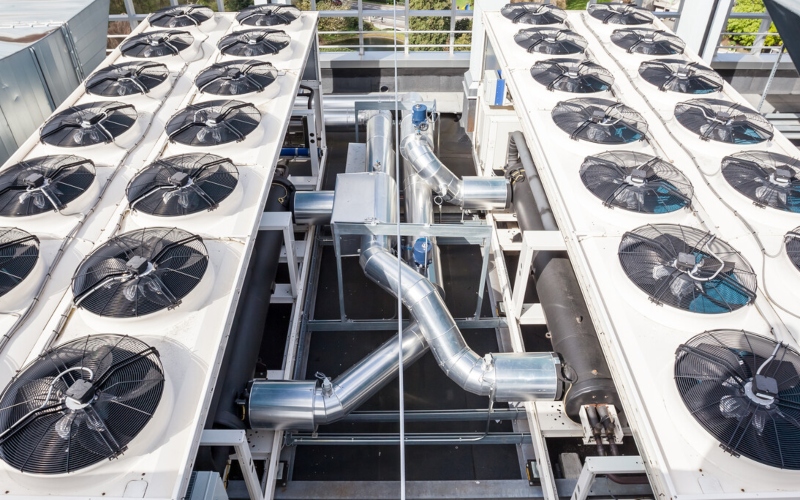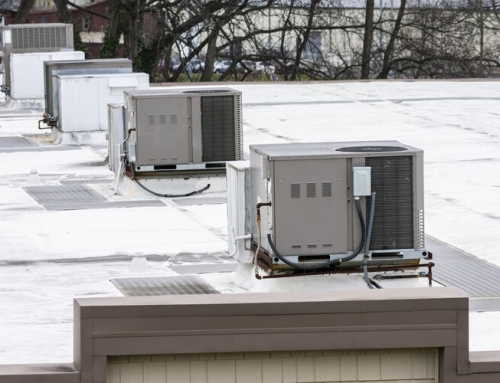The Department of Energy (DOE) in response to the climate crisis has increased the minimum Annual Fuel Utilization Efficiency (AFUE) standard from 80% to 90% for all new heating and cooling units to move America closer to net-zero carbon emissions by 2050.1
For example, a high-efficiency gas furnace with an AFUE of 97 percent creates 97 BTUs of heat with every 100 BTUs of gas it uses. The rest is typically lost to the outdoors and flue emissions. A higher AFUE means greater efficiency.
The DOE sets the minimum efficiency standards for ALL heating and cooling equipment manufacturers. Currently, it is 80 percent. Effective January 1, 2023, the new minimum efficiency will be 90 percent.
What does that mean to you? Typically, the more efficient the HVAC unit, the higher the purchase price. Depending on the efficiency of your old unit and actual energy consumption, the higher purchase price will be offset in the form of lower fuel costs.
Other challenges? Logistics, increased fuel costs, and labor shortages. Manufacturers are having trouble getting parts to fulfill orders. It is not a matter of finding another provider, because the shortage is industry wide. Finding the necessary people to move products from point A to point B is taxing the supply and demand chain. Lastly, who has not felt the impact of gas prices rising to more than $5.00 per gallon?
Another variable? What is considered the exact cutoff date when shifting from 80% to 90% efficiency units? Is it based on the actual manufacturing date or the physical installation date? How do back ordered and/or delayed deliveries affect the outcome?
Even though the exact unknowns are many, the new regulations are going into effect January 1, 2023. If you are unsure about your HVAC system’s current health, call us. We are here to help you navigate this confusing and challenging situation by developing a strategy that will have the most beneficial outcome to protect your assets.






